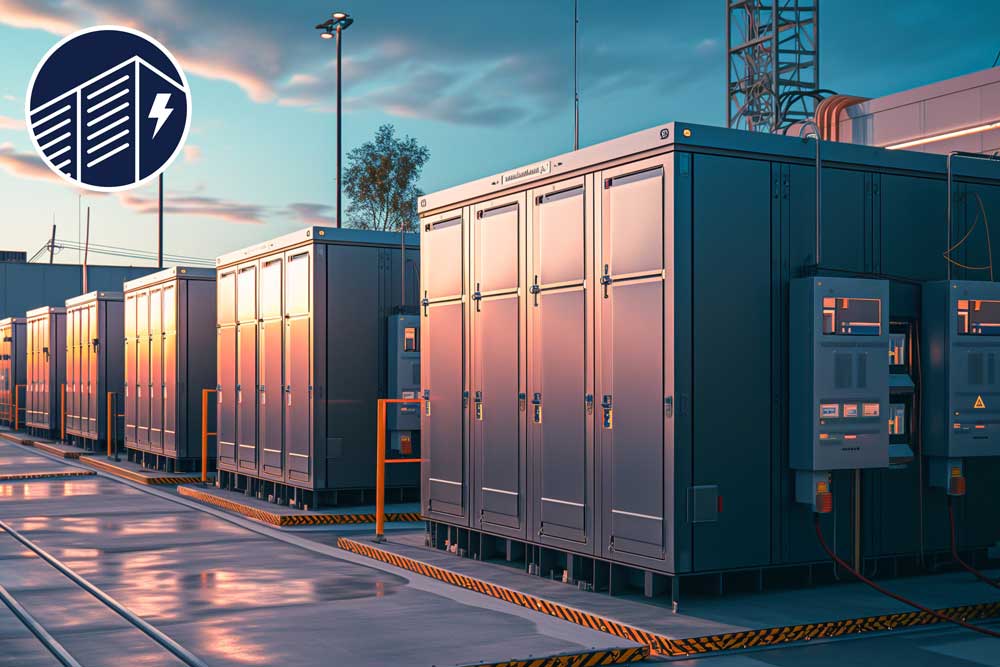Comparing One-Hour BESS to Two-Hour BESS: Benefits and Drawbacks
March 2025
In the evolving landscape of energy storage systems, Battery Energy Storage Systems (BESS) have become crucial for enhancing grid reliability and promoting renewable energy integration. Among various options, one-hour and two-hour BESS represent popular choices, each offering unique advantages and disadvantages. This blog examines these systems to help you understand which is better suited for specific applications.

One-Hour BESS: Quick Solutions
One-hour BESS systems are designed to discharge energy for a single hour. They are typically optimised for applications requiring rapid response and high power output.
Benefits:
1 - Cost Efficiency: Generally, one-hour systems have lower capital and installation costs compared to their two-hour counterparts, making them an attractive option for budget-sensitive projects.
2 - Instant Response: These systems can quickly deliver power, making them ideal for frequency regulation and grid stability applications.
3 - Smaller Footprint: Their compact designs save space, enabling deployment in urban or constrained environments.
Drawbacks:
1 - Limited Duration: The most significant downside is their short discharge duration, which may not suffice for applications needing prolonged energy supply during outages.
2 - Higher Cycling Costs: Frequent cycling to meet demand can lead to quicker degradation of battery life.
Two-Hour BESS: Extended Duration
Two-hour BESS offers more extended discharge capabilities. This makes them suitable for a broader range of applications, including demand charge management and renewable integration.
Benefits:
1 - Greater Flexibility: With a longer discharge time, these systems can support multiple applications, including peak shaving and longer-duration backups.
2 - Enhanced Resilience: In scenarios like long power outages, two-hour systems can provide critical support over a sustained period
3 - Better Cost Recovery: Their capability to participate in various energy markets can lead to more diverse revenue streams.
Drawbacks:
1 - Higher Initial Costs: They typically require a more significant investment, which can be a barrier for some projects.
2 - Space Requirements: Two-hour systems may require more physical space for installation, which could restrict deployment options.
Choosing the Right System
Selecting between a one-hour and two-hour BESS largely depends on specific operational needs. If the primary requirement is quick power delivery for short events, a one-hour system might be optimal. However, for applications needing sustained energy delivery, such as supporting critical loads during outages, a two-hour system would be more appropriate.
Conclusion
Both one-hour and two-hour BESS have distinct benefits and drawbacks. The choice hinges on the specific requirements of the application, including budget, space, and energy needs. Understanding these nuances is crucial for stakeholders in the energy landscape as they make informed decisions about implementing energy storage solutions. Whether opting for the quick response of a one-hour system or the versatility of a two-hour system, the right BESS can significantly enhance energy resilience and efficiency.
#BESS #EnergyStorage #EnergyResilience #Sustainability